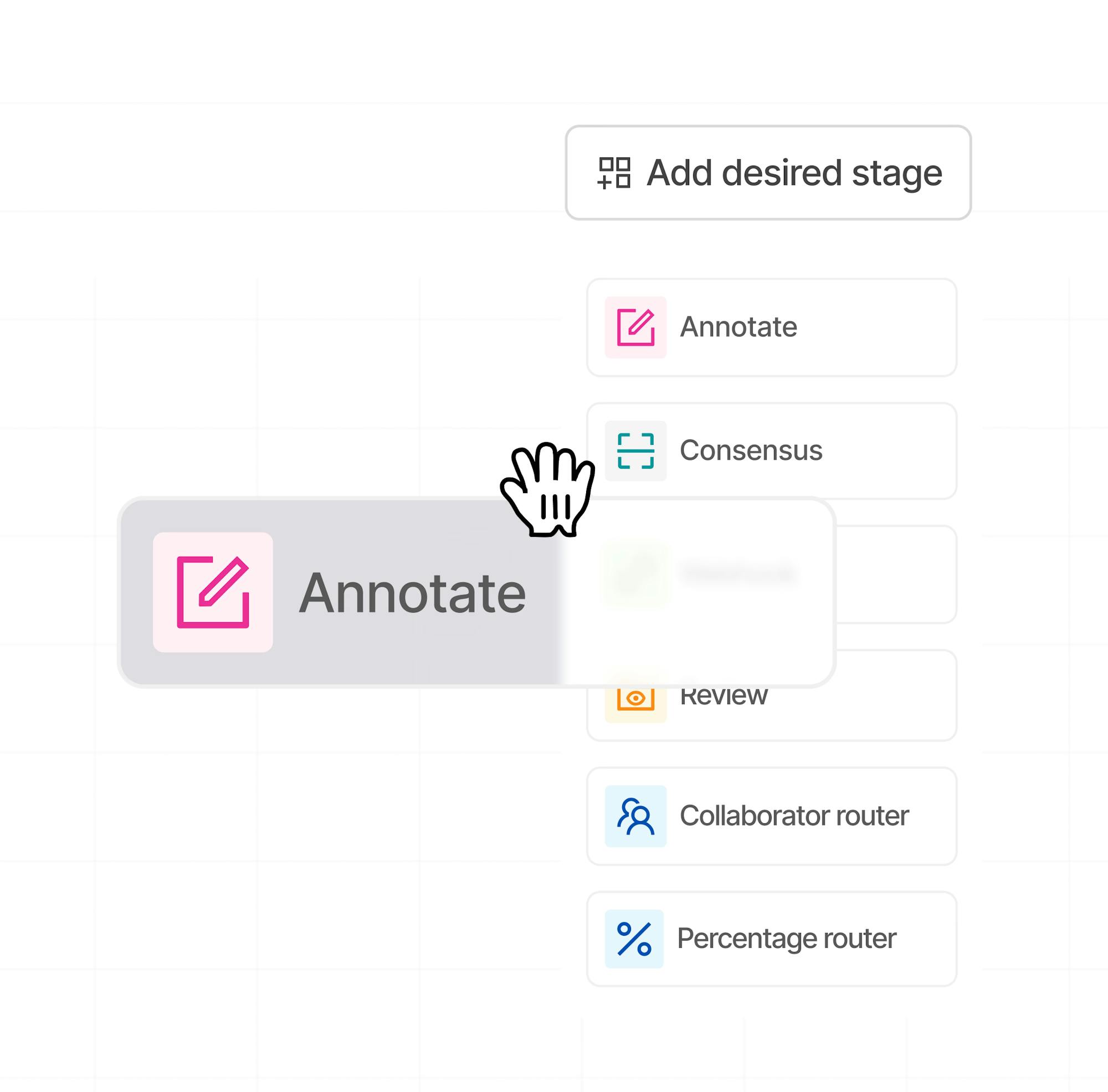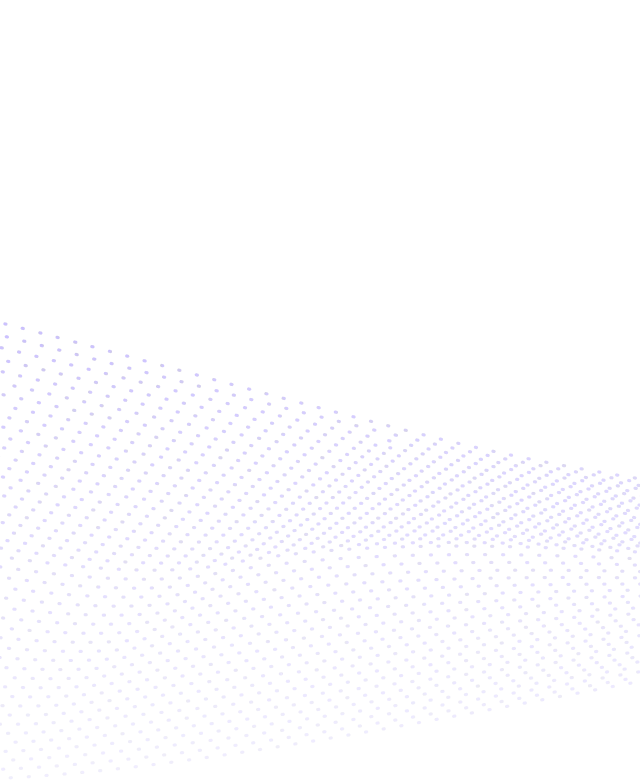
DICOM & NIfTI
Deploy medical AI products faster with the leading medical annotation tool
Level-up your model development and create high-quality training data up to 10x faster with the most advanced image labeling tool.

DICOM & NIfTI
Deploy medical AI products faster with the leading medical annotation tool
Level-up your model development and create high-quality training data up to 10x faster with the most advanced image labeling tool.
Lightning fast
Pixel-perfect labeling at the speed of AI
Experience an advanced, lightning-fast label editor with powerful automation capabilities to accelerate your labeling workflows.
Testimonial
What our clients say

Dr. James Ryan Mason
Neuroradiologist @ RapidAI
“Encord made it very easy to centrally keep track of annotations, including who had made them and who had reviewed them."
Flexible & Customizable
A fully-customizable, medical-grade experience
Experience an advanced, lightning fast label editor with powerful automation capabilities to accelerate your labeling workflows.
Metadata viewer.Search, filter, and slice your data for all defined & custom metadata and sequences associated with your file.
Maximum intensity Projection.Simply drag and adjust the volume of your displayed images that suits your annotation needs.
HTJ2K Support.At the forefront of DICOM development, we support the latest transfer syntaxes for DICOM files.
Distance measurement.Measure real-world distances between any two points on an image to convert pixels into distance accurately.
Bring your custom models.Label data faster with models-in-the-loop. Bring your own model to Encord seamlessly.
Programmatically upload data.Use our API/SDK to programmatically upload your projects, datasets, and labels.
Testimonial
Trusted by leading AI teams
Workflows that suits you
Customizable workflows, automated pipelines
Integrate humans-in-the-loop seamlessly to accelerate training data creation by leveraging workflow templates or fully customizing workflows and expert review to suit your project needs.
Add desired stages to your labeling workflow. Select from annotate, review, consensus, webhooks, and various routers to configure your workflows.
Compare annotations between labellers and establish accepted thresholds that determine approved or rejected labels.
Create specific pathways for any labeling instances. Leverage annotator-specific routing, label-specific routing, or weighted routing to suit your needs.
Built for scale
Effectively supporting datasets of 1,000 or 10,000,000 images
Scale your labeling workflows in one user friendly tool.

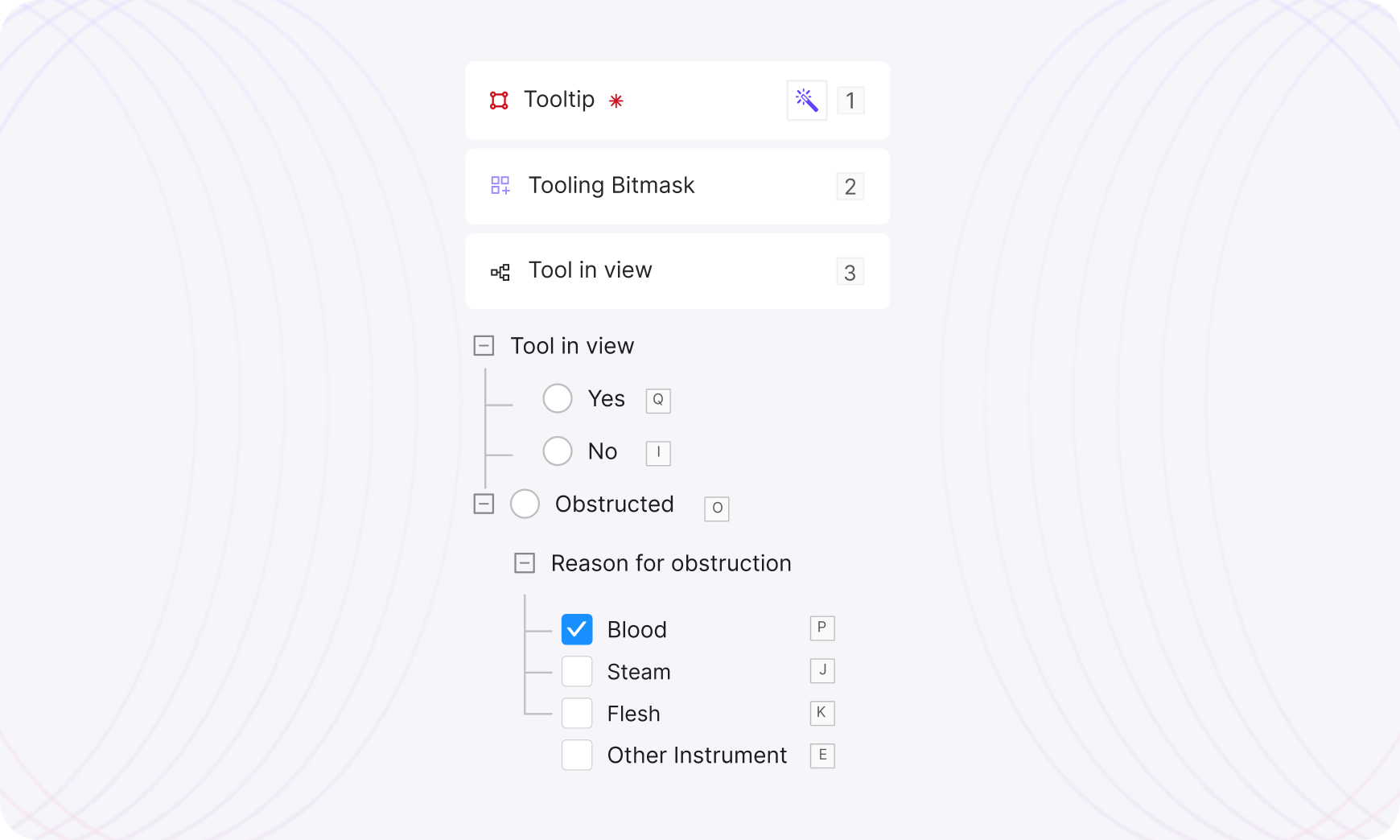
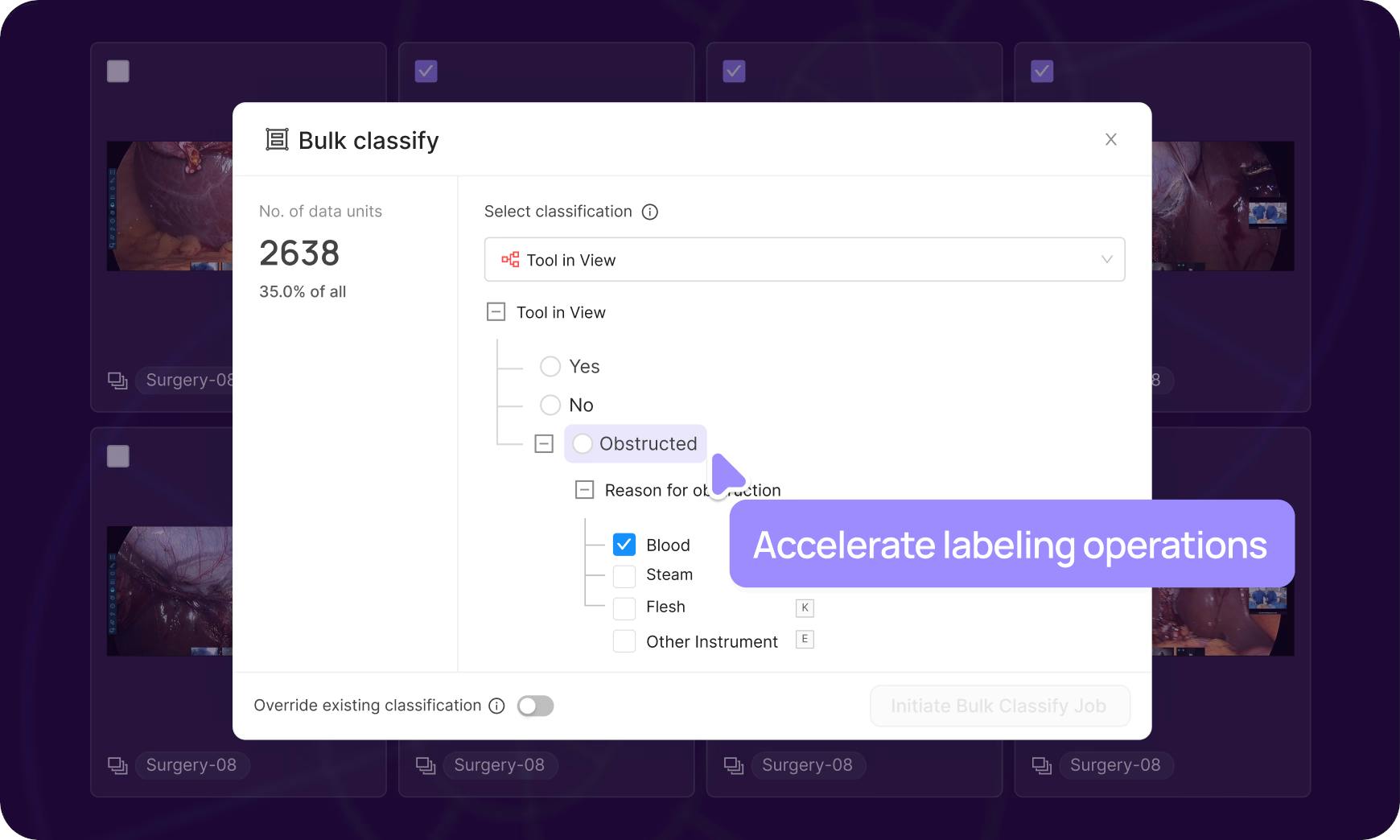
Seamless collaboration
A truly collaborative experience
Communication between ML and labeling teams has never been easier.
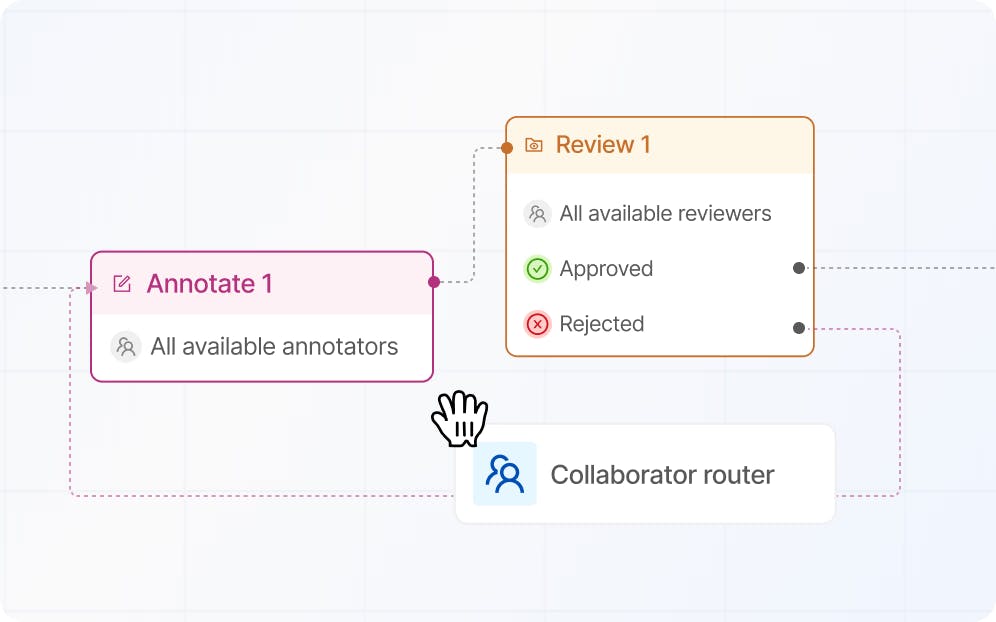

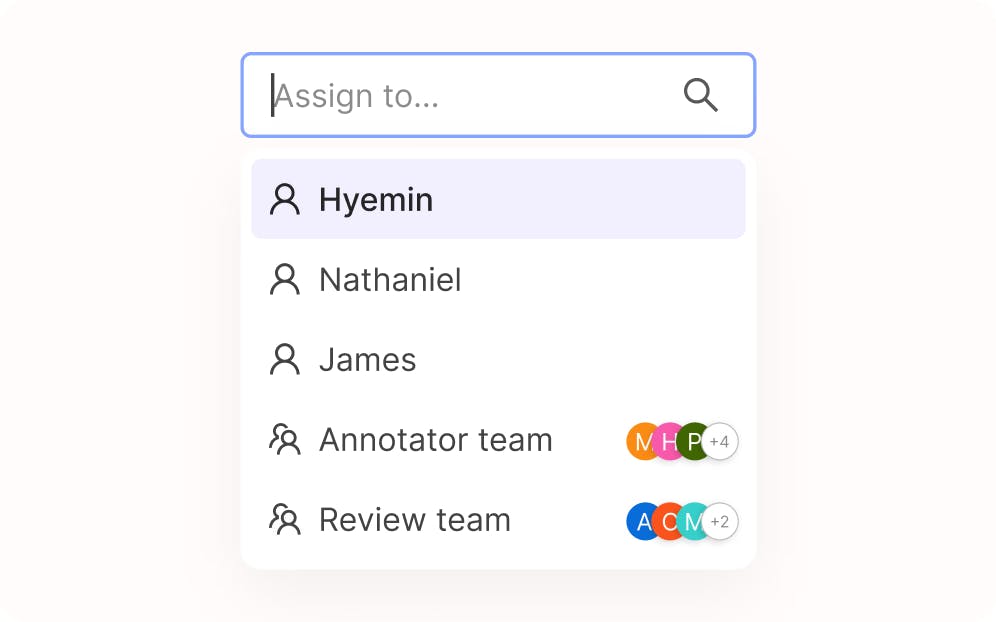
security-first
Enterprise-grade security as standard
Your data is important to us. That’s why we deploy enterprise-grade security measures to ensure you retain total control of your data.

Explore our products
Lightning fast
Host your data and datasets
Effortlessly manage your unstructured data and say goodbye to traditional and vector database infrastructure. Cut down over 50% of the time your data scientists spend on data preparation with our premier data management and curation tool.
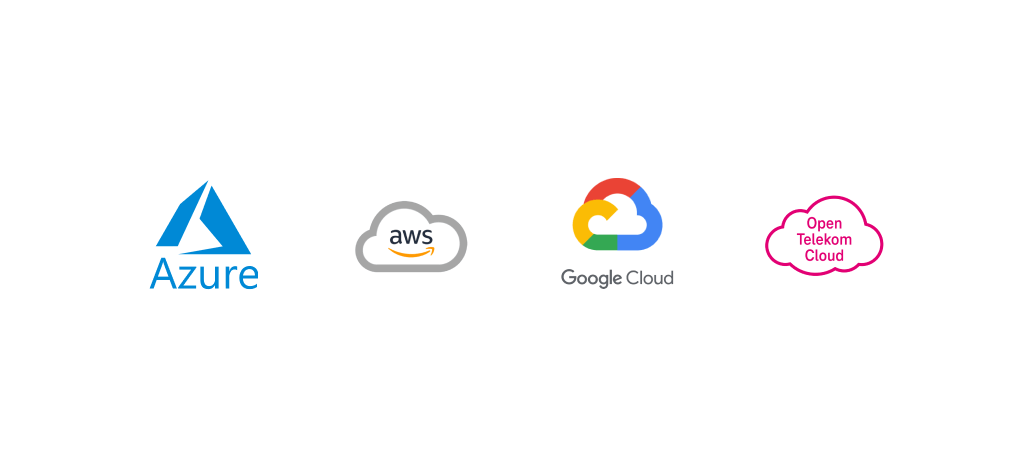
Integrate seamlessly with storage buckets
Connect to AWS, GCP, Azure, or OTC cloud storage in a few clicks and access all nested files in an instant.
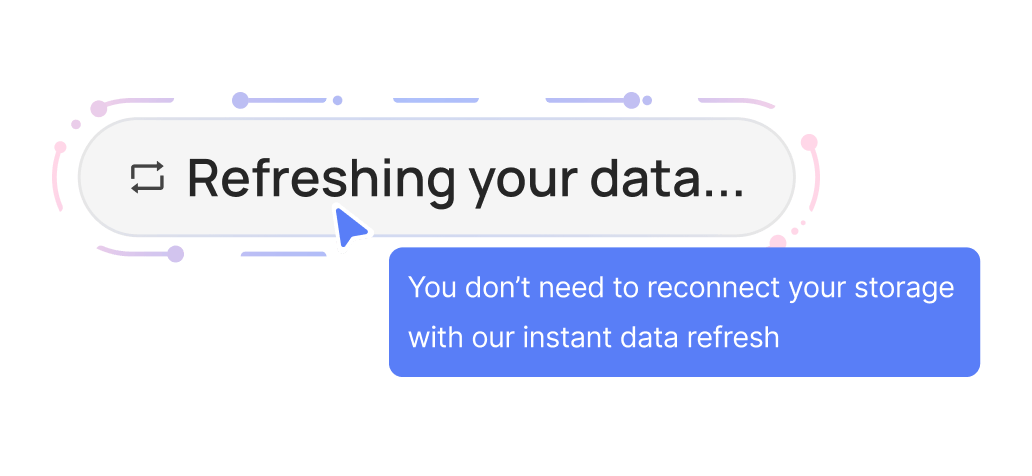
Instant data refresh
No storage reconnection needed. Data changes in storage are instantly reflected in Encord Index with data refresh.
